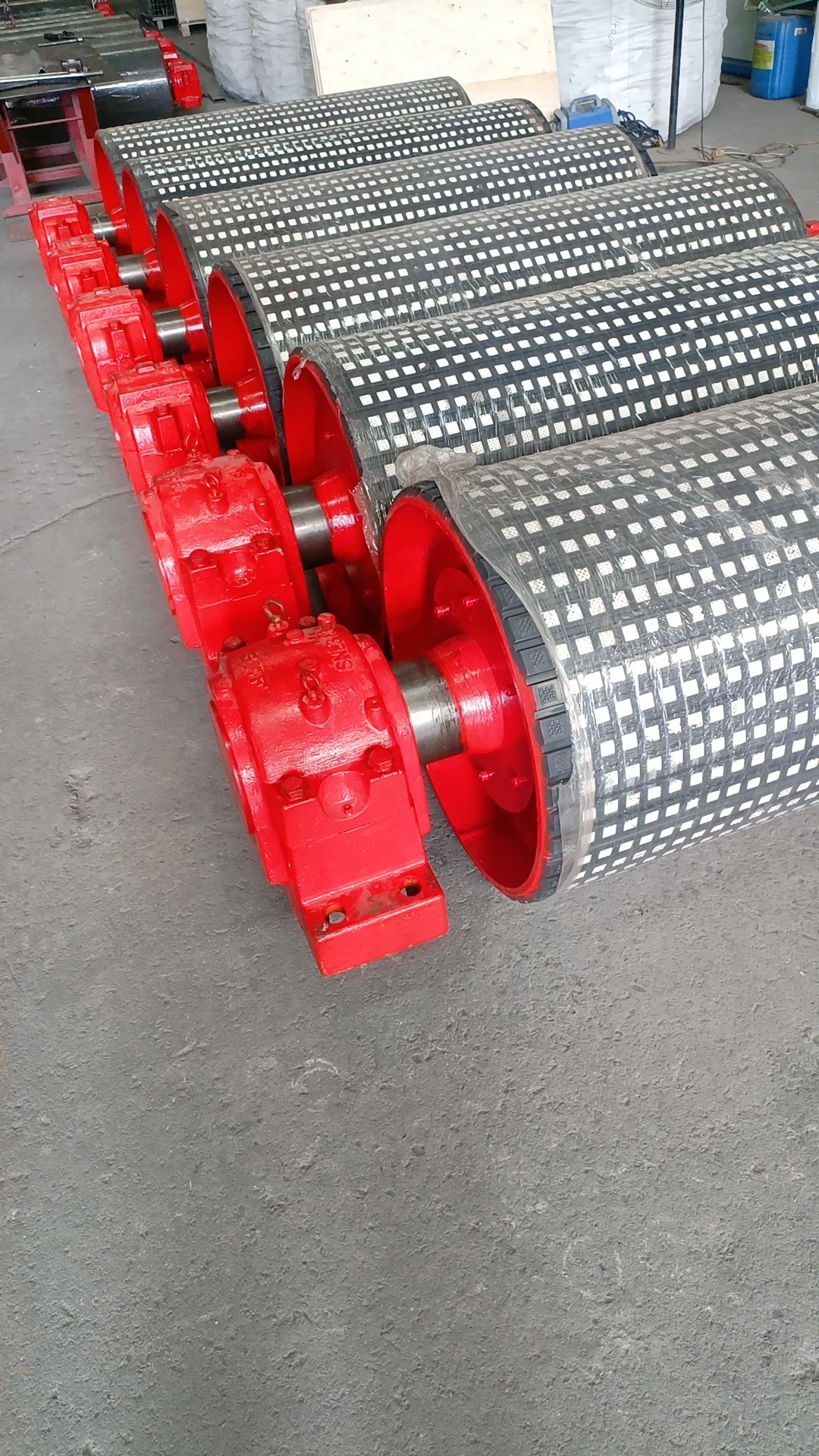 Afrikaans
Afrikaans  Albanian
Albanian  Amharic
Amharic  Arabic
Arabic  Armenian
Armenian  Azerbaijani
Azerbaijani  Basque
Basque  Belarusian
Belarusian  Bengali
Bengali  Bosnian
Bosnian  Bulgarian
Bulgarian  Catalan
Catalan  Cebuano
Cebuano  Corsican
Corsican  Croatian
Croatian  Czech
Czech  Danish
Danish  Dutch
Dutch  English
English  Esperanto
Esperanto  Estonian
Estonian  Finnish
Finnish  French
French  Frisian
Frisian  Galician
Galician  Georgian
Georgian  German
German  Greek
Greek  Gujarati
Gujarati  Haitian Creole
Haitian Creole  hausa
hausa  hawaiian
hawaiian  Hebrew
Hebrew  Hindi
Hindi  Miao
Miao  Hungarian
Hungarian  Icelandic
Icelandic  igbo
igbo  Indonesian
Indonesian  irish
irish  Italian
Italian  Japanese
Japanese  Javanese
Javanese  Kannada
Kannada  kazakh
kazakh  Khmer
Khmer  Rwandese
Rwandese  Korean
Korean  Kurdish
Kurdish  Kyrgyz
Kyrgyz  Lao
Lao  Latin
Latin  Latvian
Latvian  Lithuanian
Lithuanian  Luxembourgish
Luxembourgish  Macedonian
Macedonian  Malgashi
Malgashi  Malay
Malay  Malayalam
Malayalam  Maltese
Maltese  Maori
Maori  Marathi
Marathi  Mongolian
Mongolian  Myanmar
Myanmar  Nepali
Nepali  Norwegian
Norwegian  Norwegian
Norwegian  Occitan
Occitan  Pashto
Pashto  Persian
Persian  Polish
Polish  Portuguese
Portuguese  Punjabi
Punjabi  Romanian
Romanian  Russian
Russian  Samoan
Samoan  Scottish Gaelic
Scottish Gaelic  Serbian
Serbian  Sesotho
Sesotho  Shona
Shona  Sindhi
Sindhi  Sinhala
Sinhala  Slovak
Slovak  Slovenian
Slovenian  Somali
Somali  Spanish
Spanish  Sundanese
Sundanese  Swahili
Swahili  Swedish
Swedish  Tagalog
Tagalog  Tajik
Tajik  Tamil
Tamil  Tatar
Tatar  Telugu
Telugu  Thai
Thai  Turkish
Turkish  Turkmen
Turkmen  Ukrainian
Ukrainian  Urdu
Urdu  Uighur
Uighur  Uzbek
Uzbek  Vietnamese
Vietnamese  Welsh
Welsh  Bantu
Bantu  Yiddish
Yiddish  Yoruba
Yoruba  Zulu
Zulu belt drive pulley
Understanding Belt Drive Pulleys A Key Component in Mechanical Systems
Belt drive pulleys are essential components in numerous mechanical systems, providing an efficient and reliable means of transferring power from one part of a machine to another. From automobiles to industrial machinery, belt drive systems play a crucial role in ensuring that systems operate smoothly and effectively.
At its core, a belt drive system consists of two or more pulleys connected by a belt. When one pulley, often referred to as the driver, spins, it causes the belt to move, subsequently driving the other pulley, known as the driven pulley. This transfer of motion allows for the effective transmission of power across various mechanical components, making belt drives a popular choice in engineering applications.
One of the most significant advantages of belt drive pulleys is their ability to operate smoothly and quietly compared to other methods of power transmission, such as gears or chains. This smooth operation reduces vibration and noise, which is particularly beneficial in applications where user comfort or noise regulations are concerns. Moreover, belt drives generally require less maintenance than their gear counterparts, contributing to lower operational costs in the long term.
Belt drive pulleys come in various shapes and sizes, tailored to meet the requirements of specific applications. The most common types include V-belts, flat belts, and round belts. V-belts, characterized by their trapezoidal cross-section, provide a good grip and are commonly used in automotive applications. Flat belts are designed for applications requiring higher speeds and longer distances, often found in factory assembly lines. Round belts, usually made from elastomer materials, are perfect for lightweight and flexible applications, such as conveyors.
belt drive pulley

The efficiency of a belt drive system can also be influenced by several factors, including the tension of the belt, the material of the pulleys, and the configuration of the system. Proper tension is critical; too loose a belt can slip, leading to inefficiencies, while too tight can cause undue stress on the components, potentially resulting in early failure. Additionally, the selection of materials for the pulleys is essential. Common materials include metal for strength and durability, and plastic or rubber for lightweight applications.
In industrial settings, the versatility of belt drive pulleys allows for a wide range of applications. For example, in manufacturing, they can be used to drive machine tools, while in agriculture, they are found in equipment like tractors and combines. In vehicles, belt drive systems can be seen in engines, where they power accessories like alternators and water pumps. This widespread adoption underscores the reliability and effectiveness of belt drives in transferring power.
As technology continues to evolve, so do the designs and applications of belt drive systems. Innovations such as variable speed pulleys and advanced materials are enhancing performance while reducing environmental impact. These advancements pave the way for more efficient and sustainable mechanical systems, making belt drive pulleys an indispensable part of modern engineering.
In conclusion, belt drive pulleys are integral to numerous mechanical systems, offering smooth, efficient, and reliable power transmission across a wide array of applications. Their versatility, coupled with advancements in technology, ensures that belt drive systems will continue to play a pivotal role in the mechanics of daily life and industrial processes for years to come.
-
Revolutionizing Conveyor Reliability with Advanced Rubber Lagging PulleysNewsJul.22,2025
-
Powering Precision and Durability with Expert Manufacturers of Conveyor ComponentsNewsJul.22,2025
-
Optimizing Conveyor Systems with Advanced Conveyor AccessoriesNewsJul.22,2025
-
Maximize Conveyor Efficiency with Quality Conveyor Idler PulleysNewsJul.22,2025
-
Future-Proof Your Conveyor System with High-Performance Polyurethane RollerNewsJul.22,2025
-
Driving Efficiency Forward with Quality Idlers and RollersNewsJul.22,2025





























